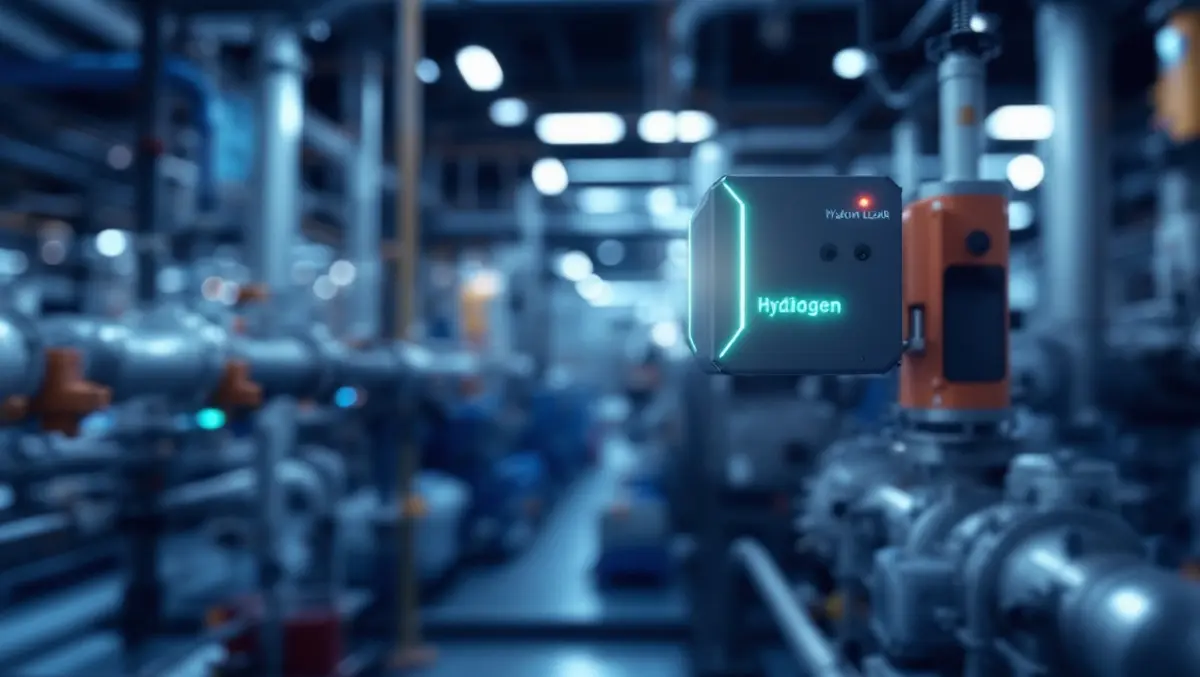
Honeywell unveils hydrogen leak sensor with ten-year lifespan
Honeywell has announced a new hydrogen leak detection sensor aimed at improving the safety of hydrogen-powered systems in a range of applications.
The sensor uses Thermal Conductivity Detection technology to identify hydrogen leaks as small as 50 parts per million. According to Honeywell, the device does not require recalibration or adjustments for up to 10 years, which allows for reduced maintenance, minimised labour costs, and reduced equipment downtime.
As hydrogen energy becomes a more prominent part of the United Kingdom's energy transition, there is an increasing need for scalable safety infrastructure. Hydrogen's properties—being colourless, odourless, highly flammable, and rapidly diffused - make leaks difficult to detect without specialised equipment. Leaks can occur through seals and joints in storage tanks or pipes, and undetected leaks increase the risks of fires and explosions.
Honeywell's new leak detector is designed to provide early warning of leaks, giving operators a chance to intervene before a situation develops into a significant safety risk. The sensor can be integrated into a variety of environments, including industrial equipment, power generators, and on-road vehicles.
Moin Shafai, Chief Technology Officer of Honeywell Sensing Solutions, commented on the launch, stating, "Hydrogen has tremendous potential to power our global infrastructure, but it must be done with safety top-of-mind. By innovating in leak detection technologies, Honeywell is helping to safeguard hydrogen-powered systems and the people who operate them as global demand continues to grow."
BWR Innovations is among the early adopters of the new Honeywell sensor technology. The company's Oncore Energy system, which serves both home and commercial applications with hydrogen fuel cell generation, integrates the Honeywell sensors for real-time monitoring and enhanced operational safety. Adam Jorgenson, Chief Operating Officer at BWR Innovations, said, "The integration of Honeywell's HLD sensor into our Oncore Energy System provides us with reliable leak detection that reinforces operational safety for our hydrogen-powered system and enables continuous monitoring of our equipment in real time."
Hydrogen is increasingly relied upon to power critical infrastructure across sectors including construction, residential power generation, ground shipping, heavy-duty trucking, and public transportation. Honeywell pointed to industry data indicating that approximately 90,000 hydrogen fuel cell vehicles were in operation globally in 2024, representing a 14% increase over the previous year.
Unlike some existing hydrogen detection solutions that require frequent manual intervention or calibration, the Honeywell sensor is designed for long-term operation without the need for regular adjustment. The sensor can be installed near hydrogen storage tanks, gas piping, fuel cells or within vehicle cabins without the need for frequent maintenance, which helps operators avoid both equipment downtime and additional maintenance costs in sectors such as construction, power generation, and transportation.
Honeywell emphasised that the sensor's application is intended to support safe hydrogen use in various settings, including buses, hospitals, hydrogen-powered homes, and industrial facilities. The solution is currently deployed in real-world applications through BWR Innovations, supporting both residential and commercial hydrogen systems.


